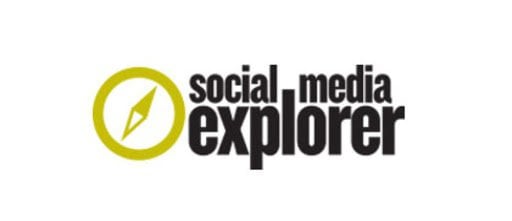
Social media traffic has become an excellent, cost-effective alternative to Google Adwords. This used to just be an issue in the United States, but has since become a problem in Canada as well, where the average CPC is between $0.71 and $1.40. As PPC costs continue to rise, Canadian marketers are turning towards a wide spectrum of social networks that allow them to reach their target customers. Although Facebook advertising is becoming saturated with competition, a number of other social networks are very affordable, while still offering high quality traffic.
Despite the potential for a high ROI with social media marketing, many advertisers struggle with the initial learning curve. One of their biggest challenges is creating landing pages that reflect well on their brand and drive conversions. The mindset of the leads that you have attracted through social media is often very different from those that you have earned via search engine marketing.
Here are some landing page design tips that every social media marketer should take to heart. You should consider using a professional website builder to streamline the process. The advantage of using a builder over a traditional CMS like WordPress is it allows quick setup and can help you save on design and setup costs. Most site builders come with an array of prebuilt themes at no additional cost, some specifically designed as landing pages.
Produce similar landing pages for different demographics and add the “noindex” tag
When you are marketing to users through Google AdWords and the most popular social media sites, you can use dynamic tokens to customize landing page experiences for your visitors. This is more difficult to do with smaller and newer social media sites. Even Facebook is more limited in its personalization capabilities than Google. You might need to create different variations of the same landing page for different customer segments.
Of course, using very similar webpages could get your site flagged for duplicate content by Google. You should avoid this issue by using he “noindex” tag on these pages.
Use bolder and brighter colors
When users find your website through search engines, they tend to have a more analytical mindset. You need to appeal to them with more descriptive ad copy. It is best to use more dull colors and less vibrant visual elements that can distract people from your message.
The same visual layout won’t be ideal for social media landing pages. Facebook, Instagram, Pinterest and most other social networks are very visually intensive. You need to match their expectations and mirror the user experience as they transition from the social network to your landing page. This means you should have heavier visual elements that use brighter, warm colors.
Use softer selling strategies
Customers don’t have the same level of buyer intent after finding your website through social media as they would through AdWords. You need to take a softer sales strategy with your landing page. Supplement King, a Canadian nutrition and supplement company, has followed this strategy and it works out very well. Instead of selling directly to customers, they offer free recipes and other incentives to build long-term engagement funnels. This tends to be the best strategy with social traffic, so optimize your landing page accordingly. You may need to include seamless opt-in forms.
Use your judgment before Incorporating social sharing widgets
Ann Smarty wrote a guide on optimizing landing pages for social media. She said that it is important to scale your social media traffic to its full capacity. You should have social media sharing buttons embedded across the page.
This can be good advice in some circumstances. However, it is going to depend on your conversion goal and the attention span of your visitors. Keep in mind that social media marketing is a form of disruption marketing. Visitors are not going to want to be overwhelmed with numerous calls to action. You don’t want to distract them from your main conversion goal with too many social sharing buttons scattered throughout your page. If you are going to embed social sharing buttons on your landing page, they shouldn’t be too large. You must also limit them to the social networks that are most important for driving traffic.
Use more copy than with PPV landing pages
Many marketers start using social media traffic after having success with PPV traffic sources such as Propel Media or RTX. Since PPV is one of the most distractive types of marketing, they are used to using landing pages with 20 words or less. Social media marketing is also a form of interruption marketing, so they assume that they should use the exact same approach.
Don’t fall into this trap. Although social media is also a form of disruption marketing, you need to remember that the user has already made a micro commitment after they clicked your first ad. This contrasts with PPV, where their user sees your landing page without having taken a single step
Your visitors might not have been actively searching for your landing page like they would have been if they found it through a search engine. However, they have already expressed some interest in your offer by the time they reach it. You should add more description to deliver on their expectations.
Also, it is important to remember that all social media networks have content policies. The types of landing pages that got approved by PPV advertising networks probably won’t make the cut. You could be risking getting your account banned by using landing pages with thin content.
SME Paid Under












